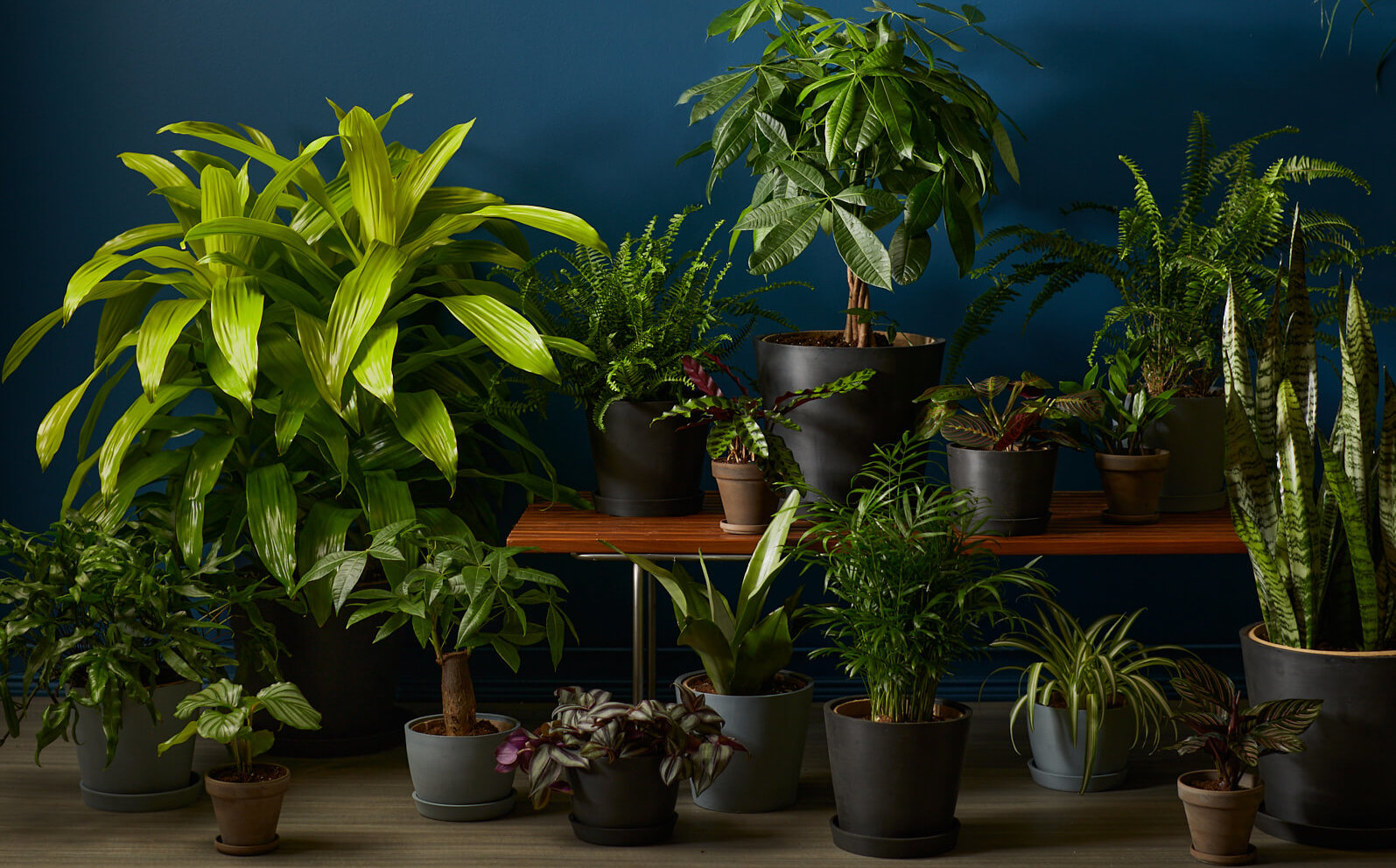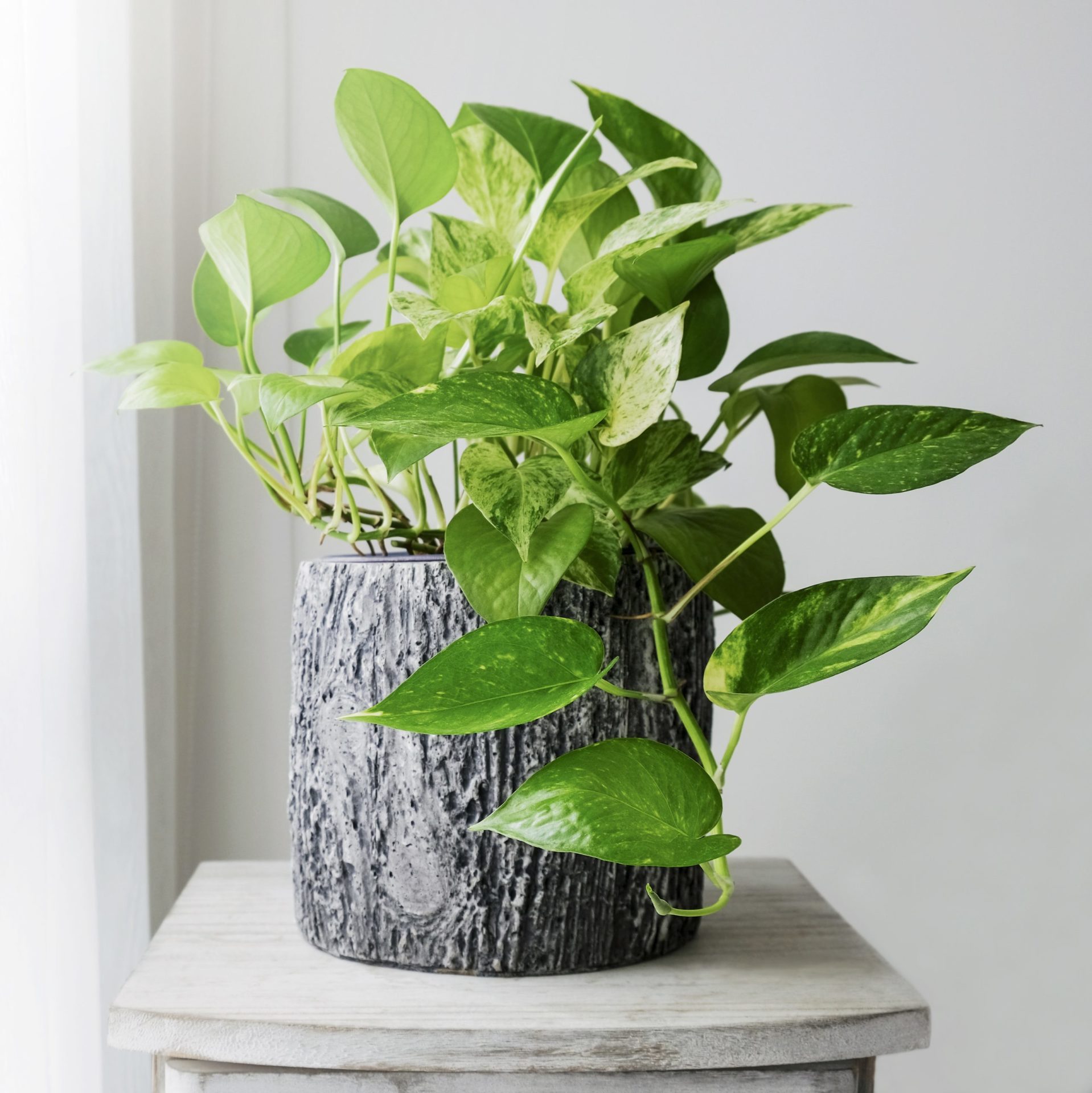The Best Low-Light Indoor Plants That Require Minimal Care and Attention
Discover the most effective Low-Light Indoor Plants for Enhancing Your Home Design
Incorporating low-light indoor plants right into your home décor can substantially boost both aesthetic appeals and atmosphere, especially in rooms that do not have plentiful all-natural light. Ranges such as the Snake Plant and ZZ Plant not just bring life to lower edges however also contribute to improved air top quality and general wellness. Understanding the one-of-a-kind qualities and care needs of these plants can cause a more harmonious living setting. As we explore the top choices and their innovative applications, one might ask yourself just how these selections can transform your space into a thriving refuge.

Why Choose Low-Light Plants
Why go with low-light plants in your indoor spaces? The modern living setting commonly provides difficulties such as restricted all-natural light, making it tough for standard houseplants to flourish. Low-light plants are specifically adjusted to make it through and prosper in these problems, using a practical remedy for individuals seeking to boost their indoor areas without the included tension of preserving more light-demanding vegetation.
In enhancement to their resilience, low-light plants contribute significantly to the aesthetic appeals of a space. Their varied series of shades, shapes, and sizes enables special interior decoration chances, developing welcoming and vibrant atmospheres. Interior plants are recognized for their air-purifying high qualities, boosting interior air high quality by releasing and filtering system contaminants oxygen, which can boost overall health.
Low-light plants additionally call for very little maintenance, making them particularly appealing to active people or those new to gardening. Their adaptability permits positioning in different atmospheres, from office to dimly lit corners of the home. By selecting low-light plants, you can take pleasure in the benefits of plant without the restraints that often accompany standard horticulture, ultimately cultivating a much healthier and more aesthetically attractive interior setting.
Leading Low-Light Indoor Plants
For those looking for to boost their interior areas with plant that grows in low-light problems, a number of plant options stand out for their resilience and visual appeal. The Snake Plant (Sansevieria trifasciata) is a popular choice, known for its upright, sword-like leaves and ability to endure overlook. This durable plant can endure in poorly lit areas while enhancing interior air high quality.
An additional exceptional choice is the Pothos (Epipremnum aureum), identified by its heart-shaped leaves and tracking creeping plants. Pothos is not only versatile to low light yet additionally uses a striking visual comparison when put on shelves or hanging baskets.
The ZZ Plant (Zamioculcas zamiifolia) is equally impressive, flaunting glossy, dark environment-friendly fallen leaves that can illuminate any corner. Its drought resistance makes it suitable for busy house owners.
Treatment Tips for Low-Light Plants
Just how can you guarantee that your low-light interior plants prosper despite minimal sunlight? Select the proper potting mix that supplies great drain while preserving dampness. A well-aerated dirt, such as a blend of potting soil and perlite, can assist protect against origin rot.
Watering is vital; low-light plants typically need less regular watering compared to their sun-loving counterparts. Always check the top inch of the soil-- if it feels dry, it's time to water. Beware of overwatering, as this can cause fungal problems and root degeneration.
Feeding low-light plants need to be done moderately - Best low-light indoor plants. Make use of a balanced, water-soluble fertilizer throughout the growing period, yet eliminate or reduce fertilization in the inactive months
In addition, dirt can build up on leaves, preventing photosynthesis. Gently wipe the leaves with a wet fabric to maintain them clean.
Lastly, observe your plants carefully. Indications of distress, such as yellowing leaves or leggy growth, can show that your plant requires adjustments in treatment (Best low-light indoor plants). By adhering to these care ideas, your low-light indoor plants can prosper, including appeal and vitality to your home
Creative Ways to Present Plants
Boosting the visual charm of your indoor room can be accomplished by attentively showing your low-light plants in imaginative methods. Consider making use of upright room to your advantage; wall-mounted racks can display routing plants like pothos or philodendron, including lushness while saving floor room. Make use of plant stands of varying elevations see page to create aesthetic rate of interest and deepness, drawing the eye up.
Hanging planters are one more outstanding alternative, providing a dramatic effect when put on hold from the ceiling or hooks. Macramé wall mounts can introduce appearance and bohemian flair, while contemporary ceramic hangers can fit a minimal aesthetic. For a more cutting-edge technique, repurpose unique containers such as classic teacups or glass jars, which can add character to your display screen.
Grouping plants in collections is additionally reliable; usage Continue varying pot sizes and colors to develop a cohesive look. This technique not only enhances visual impact but likewise provides a natural habitat feeling - Best low-light indoor plants. Last but not least, consider placing plants near lights like lamps or home windows to optimize their development and display their vibrant vegetation, thus boosting the overall ambiance of your indoor atmosphere.
Advantages of Indoor Plant
Various research studies have actually demonstrated that incorporating interior greenery right into your living area supplies a wide range of advantages, improving both mental and physical health. Among the most substantial benefits of interior plants is their capability to boost air quality. Plants soak up co2 and release oxygen, developing a much healthier ambience while also straining dangerous toxins, therefore advertising breathing health.
Additionally, the visibility of plant has been connected to lowered tension levels. Study shows that communicating with plants can decrease cortisol degrees, which are linked with stress. This soothing effect can cause boosted state of mind and increased performance, making indoor plants a perfect enhancement to offices.
Additionally, indoor greenery can enhance cognitive feature. Researches recommend that settings enriched with plants can result in boosted emphasis, creativity, and overall psychological clarity. The aesthetic charm of indoor plants likewise adds to a more inviting and pleasurable environment, favorably influencing social interactions and overall contentment within a room.
Conclusion

Incorporating low-light interior plants right into your home design can significantly improve both looks and atmosphere, specifically in areas that do not have bountiful natural light. Selections such as the Snake Plant and ZZ Plant not only bring life to lower edges however also contribute to improved air top quality and overall wellness. Interior plants are understood for their air-purifying high qualities, boosting interior air quality by releasing and filtering toxic substances oxygen, which can boost overall wellness.
For those seeking to improve their interior spaces with greenery that flourishes in low-light conditions, numerous plant options stand out for their durability and aesthetic appeal. These resilient plants, such as the Snake Plant and ZZ Plant, flourish in dim problems and require minimal upkeep, making them ideal for different way of livings.